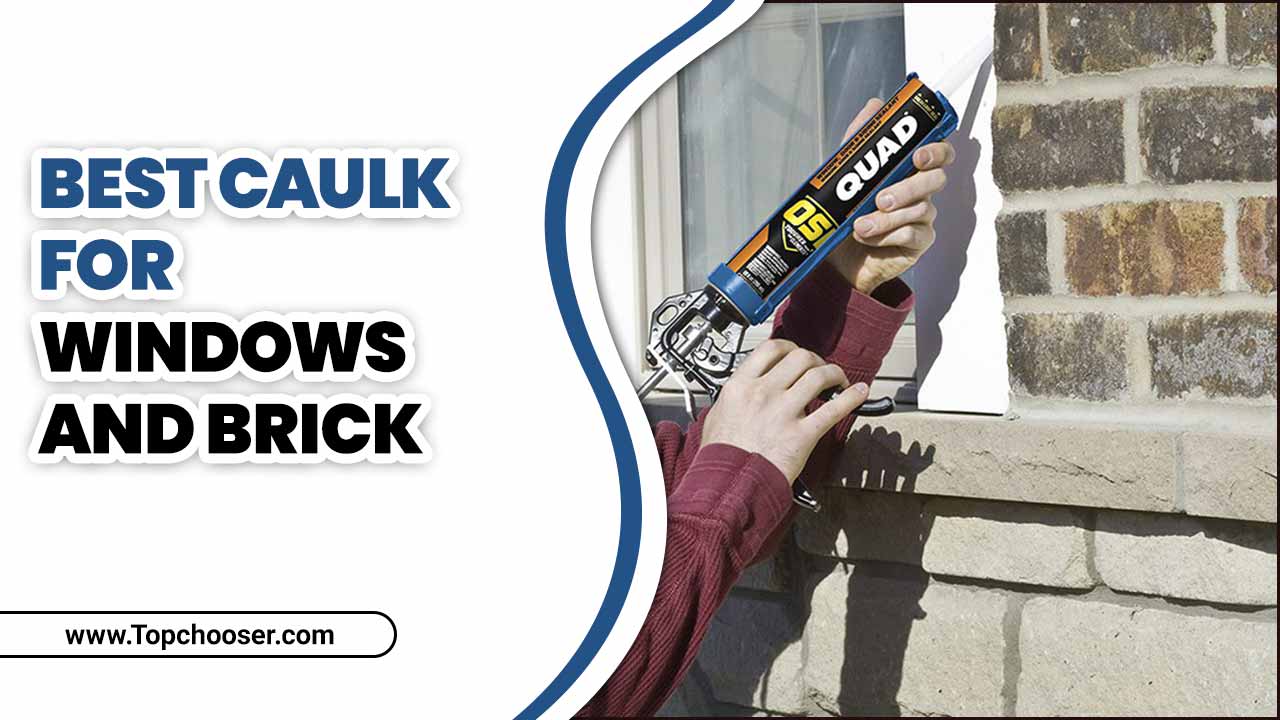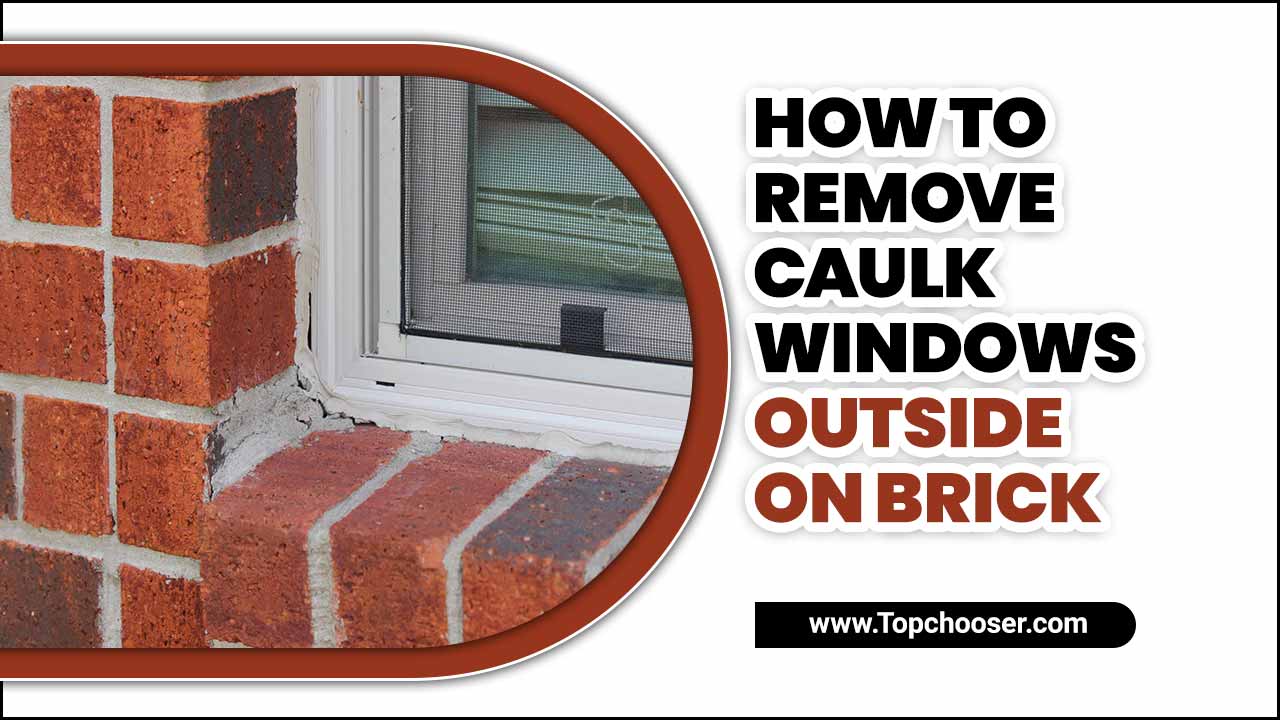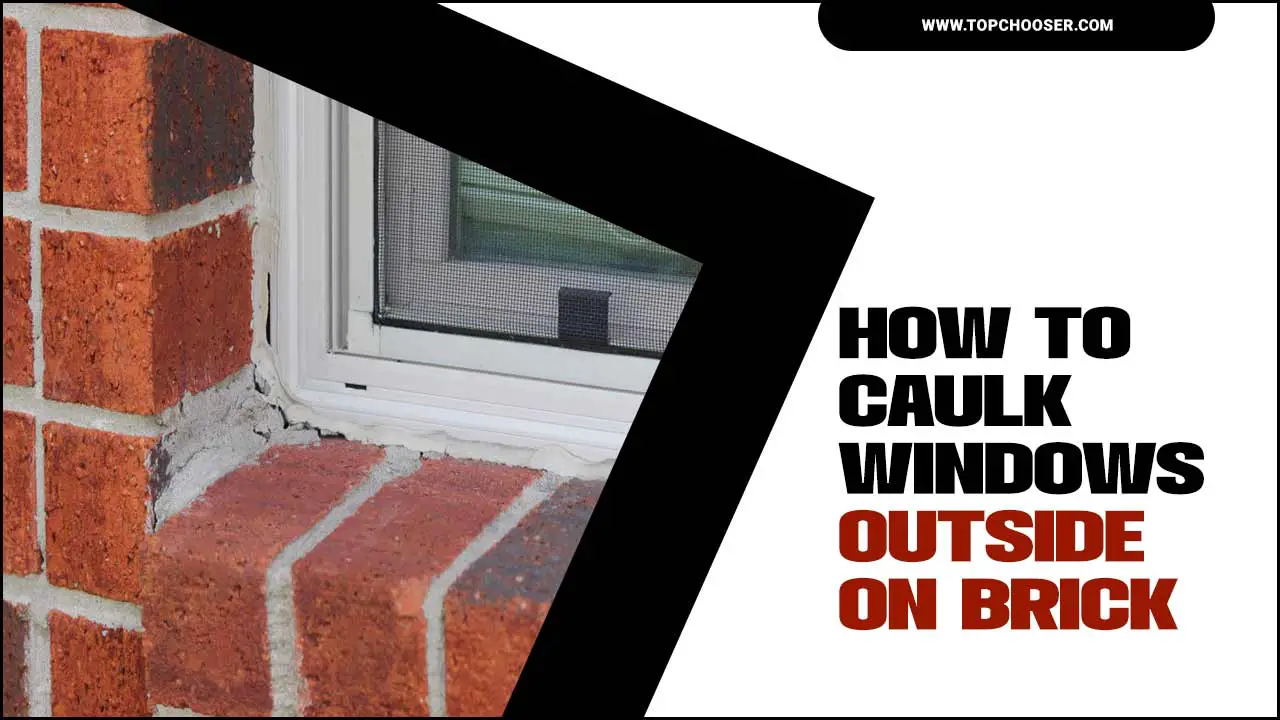Windows are integral to any building, providing natural light and ventilation while enhancing the overall aesthetic. However, improperly sealed windows can lead to issues such as air leakage, water infiltration, and energy inefficiency.
This is especially true for windows installed around brickwork, as the porous nature of bricks can make it challenging to achieve a tight seal. Fortunately, with the right tools and techniques, it is possible to seal windows around brickwork and prevent any potential problems properly.
We will provide guideline on how to seal windows around brickwork, from preparing the area to choosing the right sealant and applying it correctly. Whether you are a homeowner looking to improve your home’s energy efficiency or a professional contractor searching for the best practices, we will provide you with the necessary knowledge and skills to seal windows around brickwork effectively.
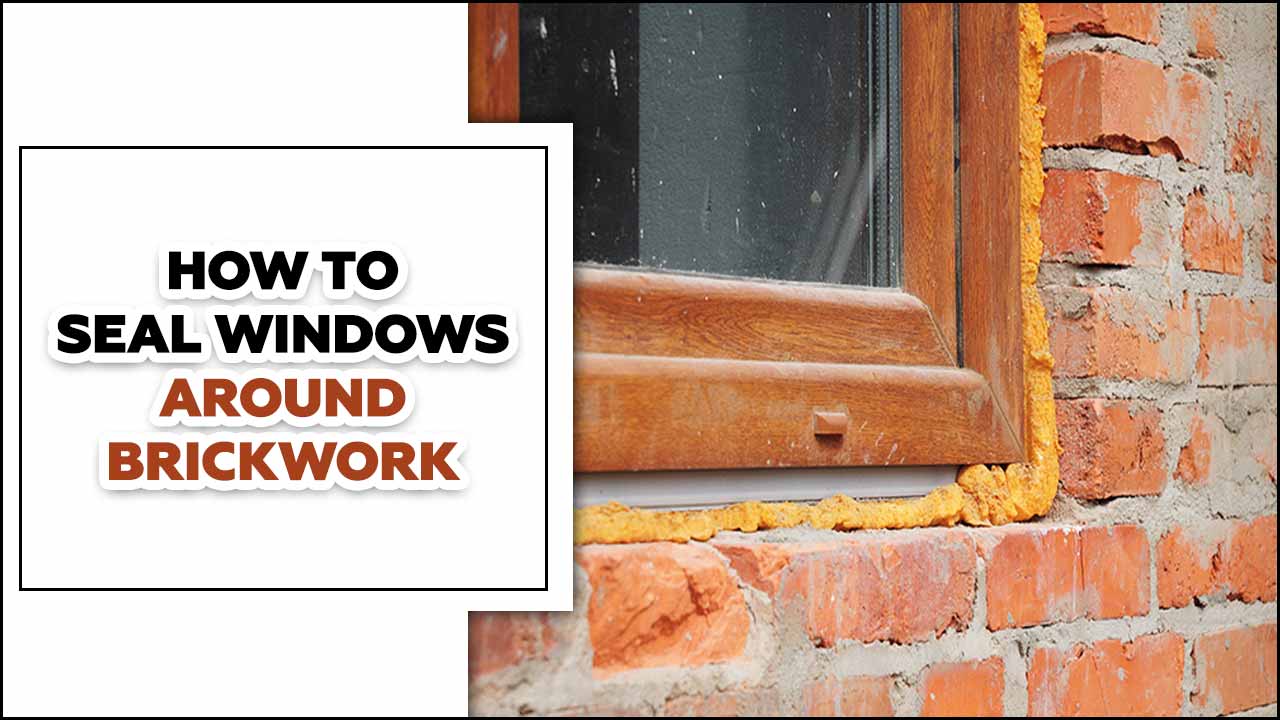
Why Silicone Is A Preferred Choice For Brickwork
Due to its versatility and durability, silicone is a preferred choice for sealing windows around brickwork. Unlike other sealants, silicone can withstand extreme temperatures and weather conditions without cracking or shrinking. This is especially important when sealing windows in brickwork, as the material expands and contracts with temperature changes.
Additionally, silicone creates a watertight seal that helps to prevent water infiltration and potential damage to the structure. It also offers excellent adhesion to brick and window frames, ensuring a long-lasting seal. Overall, silicone provides the reliability and performance needed to seal windows around the brickwork effectively.
Types Of Sealant Available
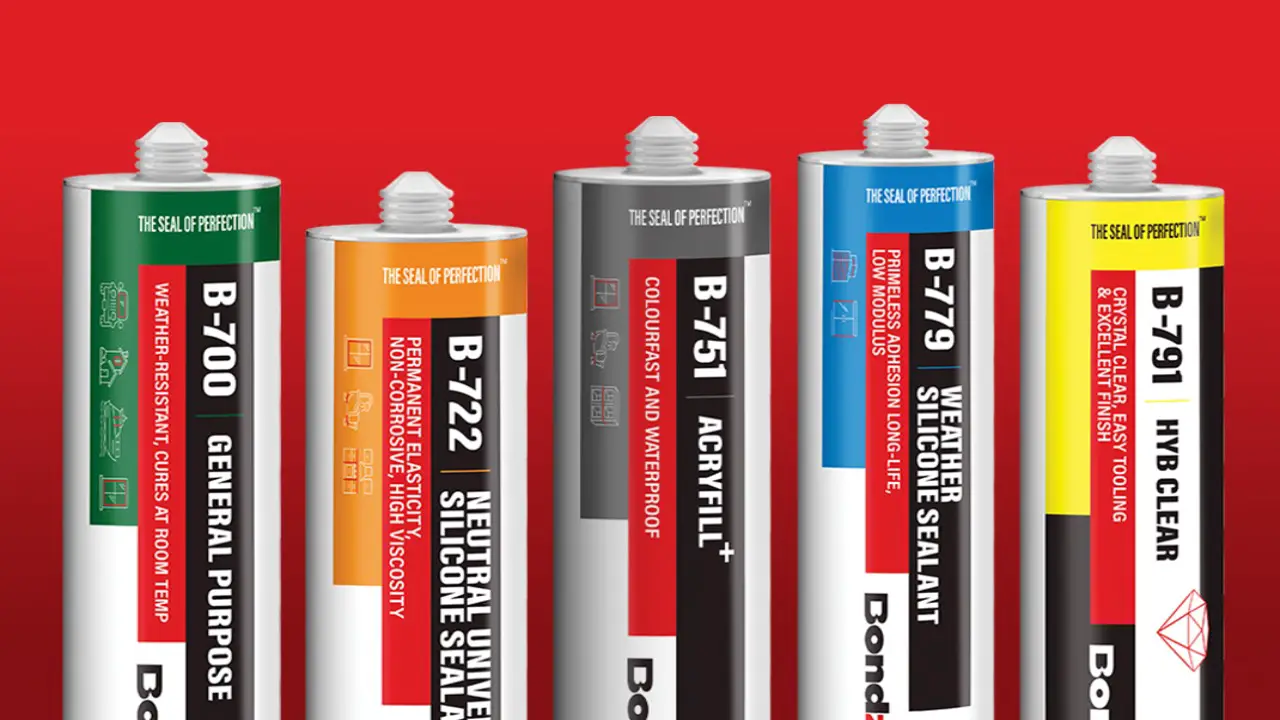
Regarding sealing windows around brickwork, several types of sealant can help you achieve a secure and weatherproof seal. Here are some common types of sealants to consider:
- Silicone Sealant: Silicone is a popular choice for sealing windows due to its flexibility and durability. It can adhere well to brick and glass surfaces and provides a long-lasting seal.
- Acrylic Sealant: Acrylic sealant is another option for sealing windows. It is easy to apply and dries quickly, forming a strong bond with the brickwork. However, it may not be as flexible as silicone sealant.
- Polyurethane Sealant: Polyurethane sealants offer excellent adhesion and flexibility, making them suitable for sealing windows in areas with high movement or extreme weather conditions. They also provide good resistance to UV rays and moisture.
- Butyl Rubber Sealant: Butyl rubber sealant is known for its excellent water resistance properties. It forms a watertight seal and can adhere well to various surfaces, including brickwork.
- Foam Tape: Foam tape can be an alternative to liquid sealants. It is easy to apply and provides insulation against drafts and moisture.
Before choosing a sealant, consider factors such as the level of exposure to weather conditions, the type of window frame, and any specific requirements for your project. Consulting with a professional or seeking advice from your local hardware store can help you select the most suitable type of sealant.
Essential Tools Required For Caulking Windows On Brickwork
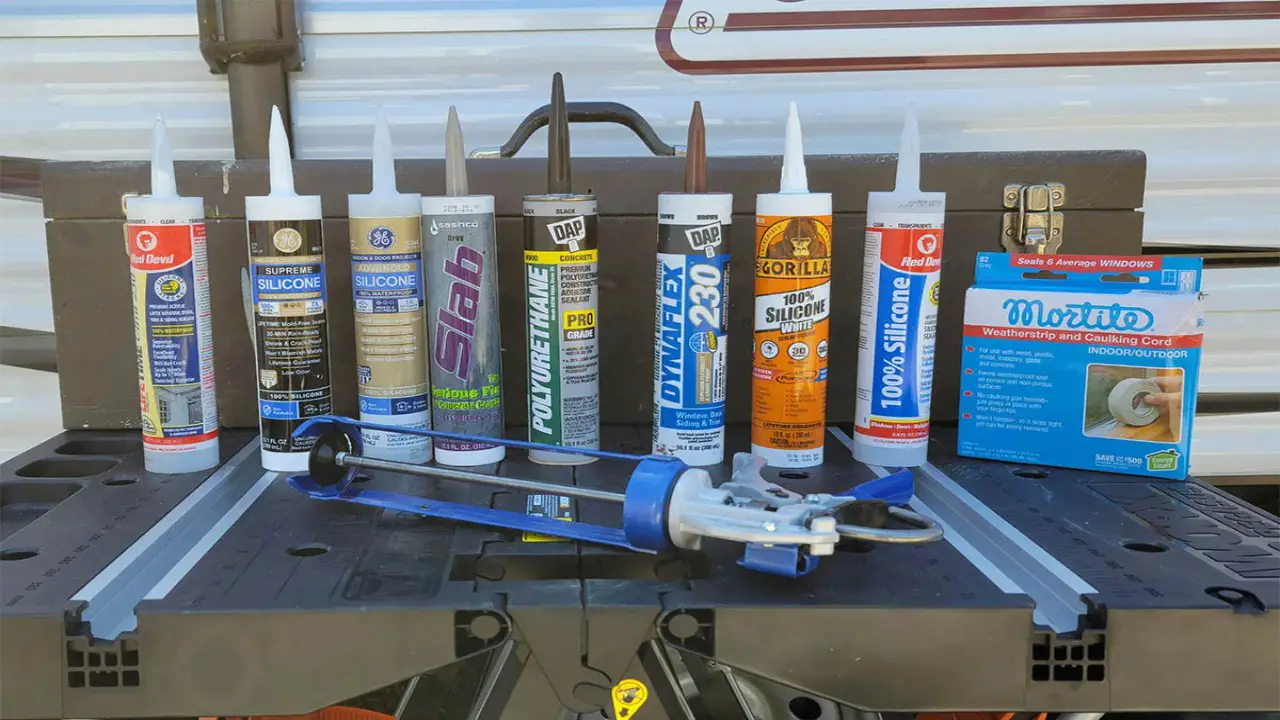
When sealing windows around brickwork, the right tools are essential for a successful caulking job. Here are some of the tools you will need. With these essential tools on hand, you can ensure that your caulking job is done properly and effectively, helping seal your windows and prevent any drafts or water leaks.
- Caulking Gun: This tool is used to apply the caulk smoothly and evenly along the window frames.
- Caulk: Choose a high-quality caulk designed for exterior use that can adhere well to brick and window frames.
- Utility Knife: This tool cuts the caulk tube’s tip at a 45-degree angle, allowing for precise application.
- Putty Knife: A putty knife can smooth out the caulk, ensuring a seamless finish.
- Wire Brush: Before applying the caulk, use a wire brush to clean any debris or loose mortar from the area around the window frames.
How To Seal Windows Around Brickwork? – Seven Easy Ways
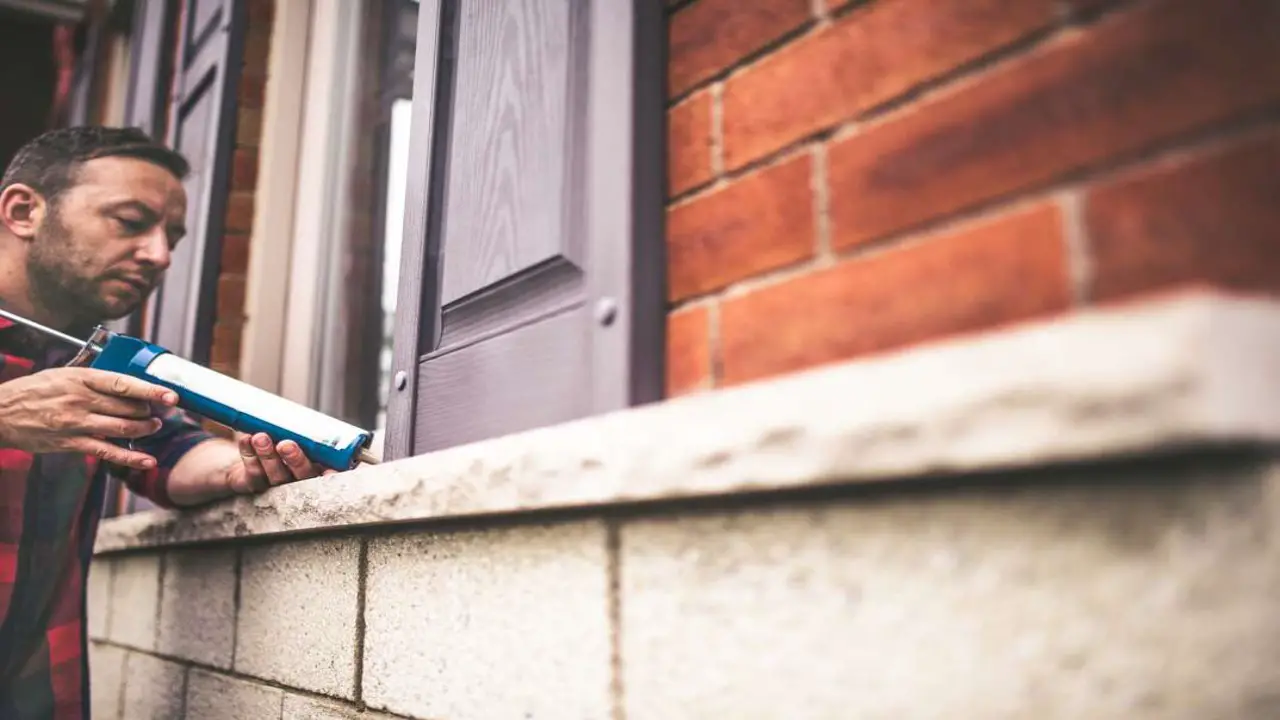
Sealing windows around brickwork is an important step in maintaining your home’s energy efficiency and integrity. Following these steps, you can effectively seal windows around brickwork and protect your home from drafts, water damage, and energy loss. Here are seven easy ways on how to seal windows around brickwork:
1.Gather The Necessary Supplies
To seal windows around brickwork, gather all the necessary supplies. Make sure to have a caulk, silicone, primer, backer rod, and a caulking gun. For safety, wear goggles and gloves during the sealing process. Use masking tape to protect adjacent surfaces.
Additionally, consider getting a heat gun to remove old caulk if needed. By gathering these supplies, you’ll be well-equipped to effectively seal your windows and prevent any air or water leakage. If you need further assistance, feel free to reach out.
2.Clean And Prepare The Area
Before sealing windows around brickwork, cleaning and preparing the area properly is crucial. Start by thoroughly removing any loose debris, dirt, or old caulk. You can use a brush or vacuum to clean the brickwork surface.
Afterwards, wipe the area with a mild detergent solution, ensuring it is completely dry before proceeding. This step is crucial as it provides a clean and dry surface for the caulk to adhere properly. Having a clean surface will ensure the best results and longevity of the seal.
3.Apply A Primer
 After cleaning and preparing the brickwork surface, the next step is to apply a primer. This crucial step ensures better adhesion of the caulk to the brick and enhances the durability of the sealing. Apply an even coat of primer to the cleaned surface using a paintbrush or roller. Allow the primer to dry completely according to the manufacturer’s instructions. Priming the brickwork sets the foundation for a long-lasting and effective seal.
After cleaning and preparing the brickwork surface, the next step is to apply a primer. This crucial step ensures better adhesion of the caulk to the brick and enhances the durability of the sealing. Apply an even coat of primer to the cleaned surface using a paintbrush or roller. Allow the primer to dry completely according to the manufacturer’s instructions. Priming the brickwork sets the foundation for a long-lasting and effective seal.
4.Install A Backer Rod
To properly seal windows around brickwork, it is important to install a backer rod. By inserting a backer rod into the gaps and cracks around the window frame, you support the caulk and prevent it from sinking.
Choose a backer rod size that fits snugly into the gaps, and cut it to the required length using a utility knife. Once cut, insert the backer rod and press it down firmly. This ensures a proper seal and helps maintain the caulk’s integrity. For further assistance, reach out to a professional for guidance.
5.Apply Caulking
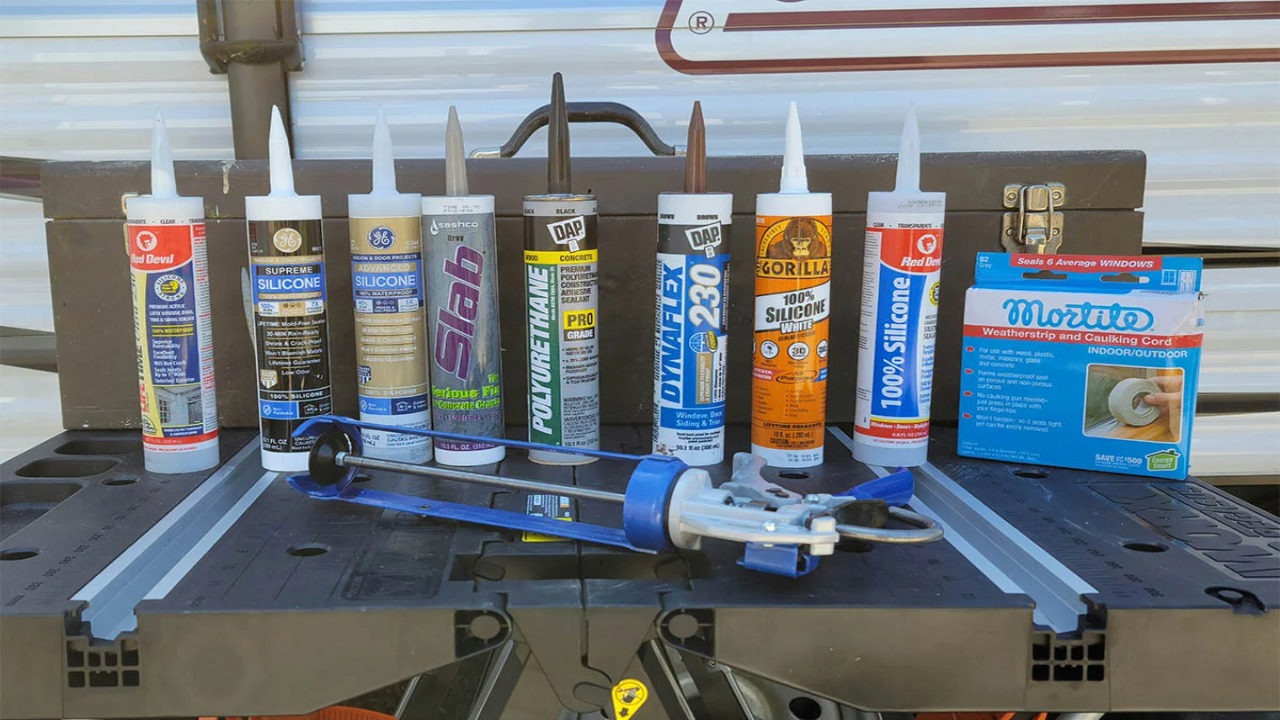
To seal windows around brickwork, apply a bead of caulk along the gap between the window frame and brickwork. Hold the caulking gun at a 45-degree angle to have better control. Slowly squeeze the trigger to apply an even line of caulk.
Move along the entire gap, filling it with caulk. Repeat this process for all gaps around the window frame until they are sealed. Applying caulk is essential in ensuring a proper seal and preventing any leaks or drafts from entering your home.
6.Smooth And Clean
To achieve a smooth and clean finish after sealing windows around brickwork, use a caulk finishing tool or your finger to smooth the caulk line. Smooth the caulk in a continuous motion to create a neat appearance. Remove any excess caulk or bumps using a caulk finishing tool. Additionally, don’t forget to clean any caulk residue from the window frame and brickwork. A final step is to wipe the area with a damp cloth for a clean and tidy result.
7.Finish With A Sealant
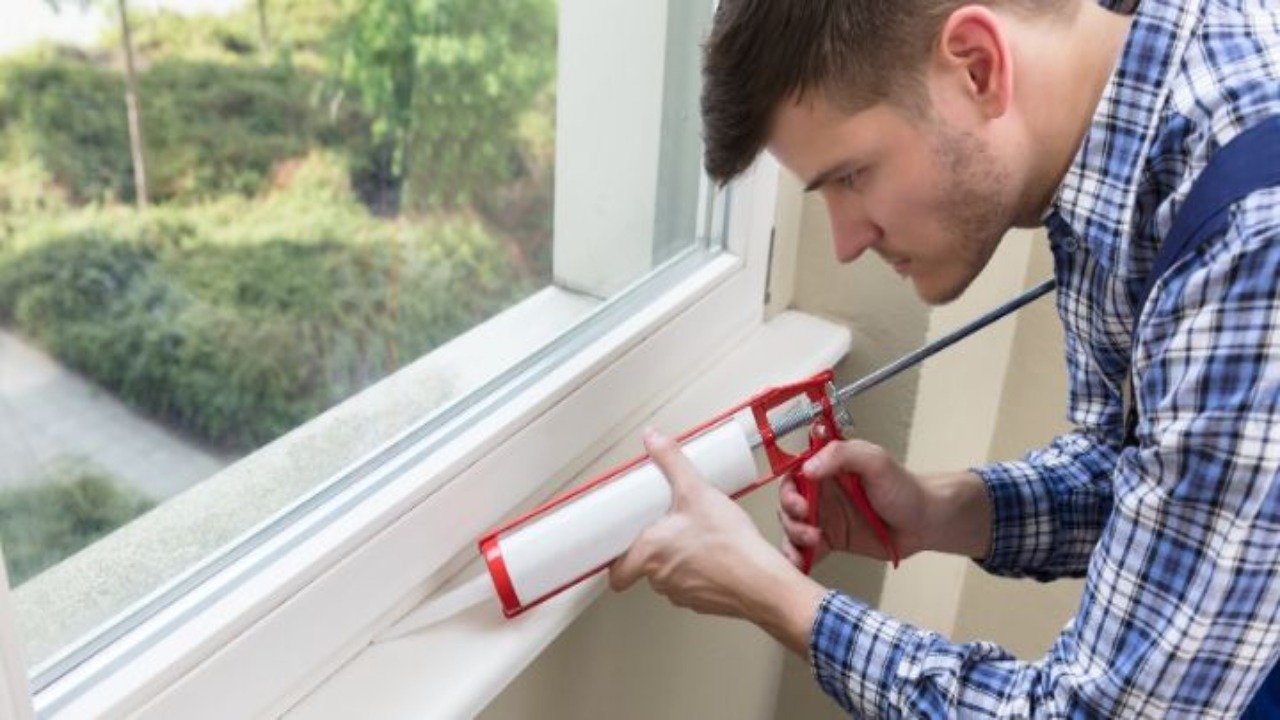
To ensure added protection and enhance the durability of the caulked area, apply a layer of sealant. Choose a sealant that is suitable for exterior use and compatible with caulk.
Using a brush or roller, apply a thin coat of sealant over the caulk, following the manufacturer’s instructions for drying time and curing. This will further enhance the weather resistance of the caulk, making it a good choice for sealing windows around the brickwork. Remember, a sealant is an extra barrier against moisture and external elements.
Common Mistakes To Avoid
When sealing windows around brickwork, it’s important to avoid common mistakes that can compromise the effectiveness of the seal. Here are some key mistakes to steer clear of. By avoiding these common mistakes, you can ensure a properly sealed window around brickwork that effectively keeps out drafts, moisture, and other unwanted elements.
- Neglecting Proper Surface Preparation: Before applying any sealant, make sure the surface is clean, dry, and free from dust or debris. This will ensure proper adhesion and prevent any potential leaks.
- Using The Wrong Type Of Sealant: Different types of windows and brickwork require specific sealants. Be sure to choose a sealant that is compatible with both the window material and the brickwork to ensure a tight and durable seal.
- Applying Too Much Or Too Little Sealant: It’s important to apply the right amount of sealant for an effective seal. Applying too much can lead to messy excess or difficulty in closing the window properly, while applying too little may result in gaps where air or water can penetrate.
- Failing To Use Backer Rod Or Caulk Saver: Backer rod or caulk saver should be used to fill larger gaps before applying the sealant. This helps create a more uniform and reliable seal.
- Not Allowing Sufficient Curing Time: After applying the sealant, make sure to allow enough time for it to cure according to the manufacturer’s instructions. Rushing this process can compromise the integrity of the seal.
Conclusion
Sealing windows around brickwork is crucial to preventing air leakage, water infiltration, and energy loss. Using the right type of sealant, such as silicone, ensures a durable and long-lasting seal. Before starting the sealing process, ensure you have all the necessary tools and supplies. Properly clean and prepare the area before applying a primer and installing a backer rod.
Apply the caulk smoothly and consistently, ensuring complete coverage. Finish with a sealant to protect the caulk and ensure its longevity. By following these steps, how to seal windows around brickwork and avoiding common mistakes, you can effectively seal windows around brickwork and improve energy efficiency in your home.
Frequently Asked Questions
[rank_math_rich_snippet id=”s-830d4a4b-f3d1-4f1c-bc55-fc64cfff6740″]

I am passionate about home engineering. I specialize in designing, installing, and maintaining heating, ventilation, and air conditioning systems. My goal is to help people stay comfortable in their homes all year long.

